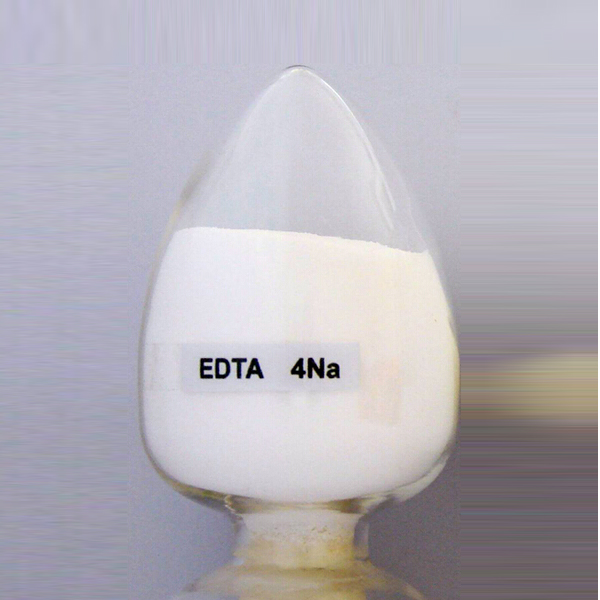
News
okt . 11, 2024 00:32 Back to list
chelated iron fertilizer for plants
Understanding Chelated Iron Fertilizer for Plants
Iron is an essential micronutrient crucial for the healthy growth of plants. It plays a vital role in chlorophyll production, which is necessary for photosynthesis. Unfortunately, many soils, especially alkaline or sandy ones, often lack sufficient readily available iron. This deficiency can lead to a condition known as iron chlorosis, wherein plants exhibit yellowing leaves, stunted growth, and poor yields. To combat this problem, many gardeners and farmers turn to chelated iron fertilizers.
Understanding Chelated Iron Fertilizer for Plants
One of the key benefits of using chelated iron fertilizers is their versatility. They can be applied via soil or foliar feeding. Soil application involves mixing the fertilizer into the soil, where it can be absorbed by plant roots over time. Foliar feeding entails spraying the chelated iron directly onto the leaves, allowing for rapid absorption and providing a quick remedy for visible symptoms of deficiency. This flexibility allows gardeners to choose the most suitable method based on their specific needs and conditions.
chelated iron fertilizer for plants

Another critical factor to consider when using chelated iron fertilizers is the specific type of chelate used. Common chelates include EDTA (ethylenediaminetetraacetic acid), EDDHA (ethylenediamine-N,N’-bis(2-hydroxyphenylacetic acid)), and DTPA (diethylenetriaminepentaacetic acid). While EDTA is effective in neutral to slightly alkaline soils, EDDHA is more suitable for alkaline and high pH conditions, making it the preferred choice for many applications. Therefore, when selecting a chelated iron product, it’s essential to consider your soil’s pH and the specific requirements of your plants.
Though chelated iron fertilizers are beneficial, it’s important to use them judiciously. Over-application can lead to nutrient imbalances and negatively affect soil health. Furthermore, it’s advisable to conduct a soil test before application to determine the actual nutrient needs of the plants. This practice not only ensures optimal growth but also minimizes potential environmental impacts.
In conclusion, chelated iron fertilizers are an effective solution for addressing iron deficiencies in plants, particularly in soils where iron is not readily available. By improving the availability of this vital nutrient, these fertilizers help promote healthy growth, vibrant foliage, and ultimately, higher yields. As with any agricultural input, responsible use guided by soil testing and plant needs can lead to the most successful and sustainable outcomes. For anyone looking to enhance their gardening or farming practices, understanding and utilizing chelated iron fertilizers can make a significant difference in plant health and productivity.
-
OEM Chelating Agent Preservative Supplier & Manufacturer High-Quality Customized Solutions
NewsJul.08,2025
-
OEM Potassium Chelating Agent Manufacturer - Custom Potassium Oxalate & Citrate Solutions
NewsJul.08,2025
-
OEM Pentasodium DTPA Chelating Agent Supplier & Manufacturer High Purity & Cost-Effective Solutions
NewsJul.08,2025
-
High-Efficiency Chelated Trace Elements Fertilizer Bulk Supplier & Manufacturer Quotes
NewsJul.07,2025
-
High Quality K Formation for a Chelating Agent – Reliable Manufacturer & Supplier
NewsJul.07,2025
-
Best Chelated Iron Supplement for Plants Reliable Chelated Iron Fertilizer Supplier & Price
NewsJul.06,2025
